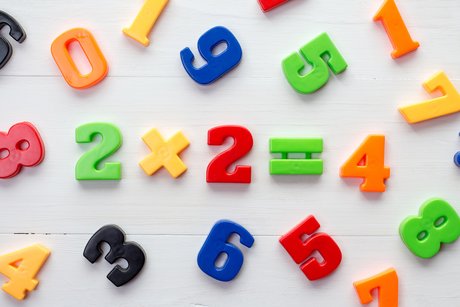Times tables
Add to My Folder
Times tables are a hot topic at the moment. Use these strategies and activities to make tables teaching easier and more engaging. Rote learning has it’s place but it’s not the only way to tables perfection.

Strategies for tables
- Point out to pupils that they only have to learn half of their tables, since numbers produce the same answers in whatever order they are multiplied. You may not know what 4 × 7 is but if you know 7 × 4 = 28, so you have a solution.
- Stress the link between multiplication and division as inverse operations. From 6 × 9 = 54, it follows that 54 ÷ 9 = 6 and that if 40 ÷ 8 = 5 then 8 × 5 = 40.
- Play the game ‘Keep it in the family’. Give pupils a group of three numbers and ask them to compile two multiplication facts and two division facts from them. For example: 7, 35 and 5 produces 7 × 5 = 35, 5 × 7 = 35, 35 ÷ 7 = 5 and 35 ÷ 5 = 7.
- Correct vocabulary is vital when talking about times tables. Multiples are members of times tables. For example the multiples of 3 are 3, 6, 9, 12, 15 etc. Factors are numbers that go into other numbers exactly. For example the factors of 8 are 1, 2, 4, and 8. A number that only has factors of 1 and itself is called a prime number. 11 and 13 are examples of prime numbers.
- When tables are converted into a graph they will make a straight line. This happens because of constant proportion. The line will be straight because the difference between the points plotted is always the same. For example, in the 6x table: 6, 12, 18, 24, 30, 36 etc. (Take a look at the All in a line activity sheet for more on this.)
Member-only content
Already a member? Sign in below.
Published 10 March 2016
Reviews
You need to be signed in to place a review.


